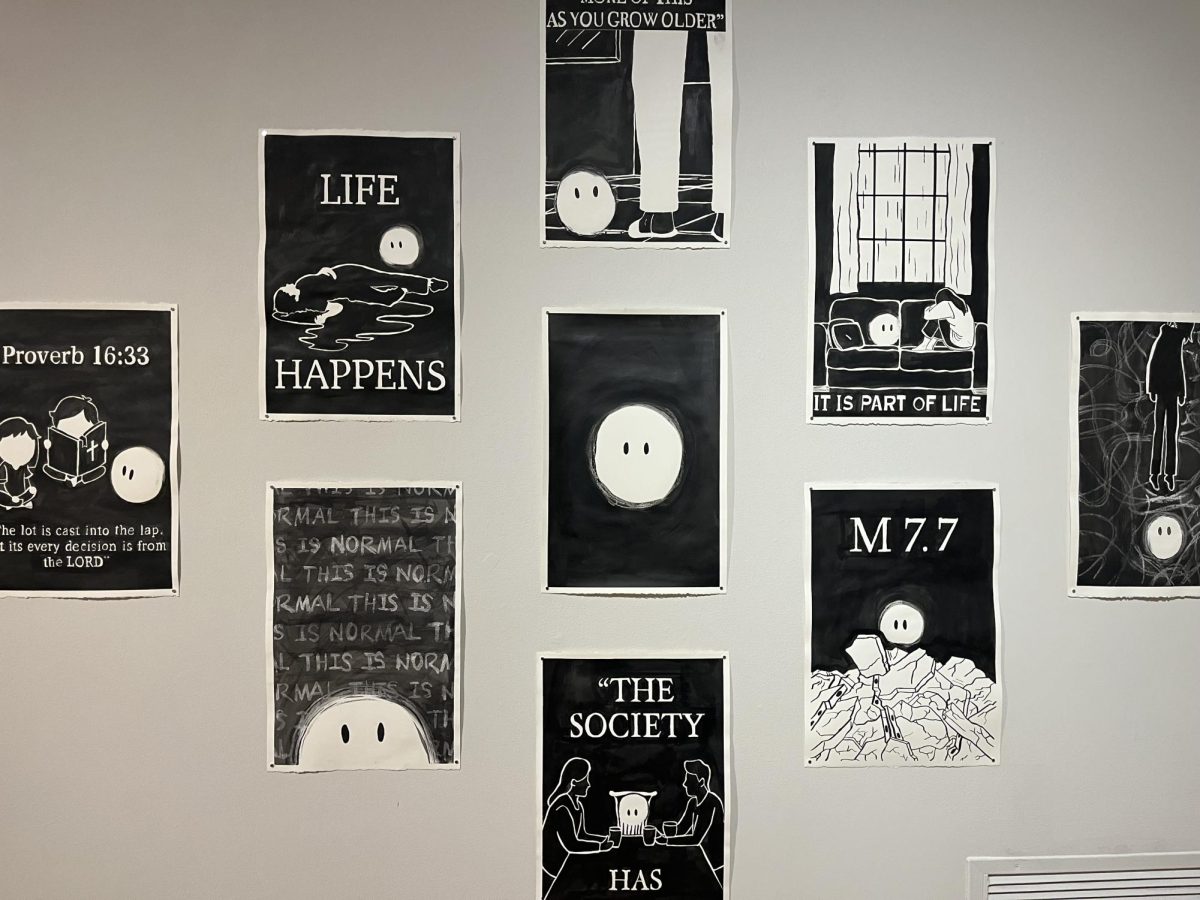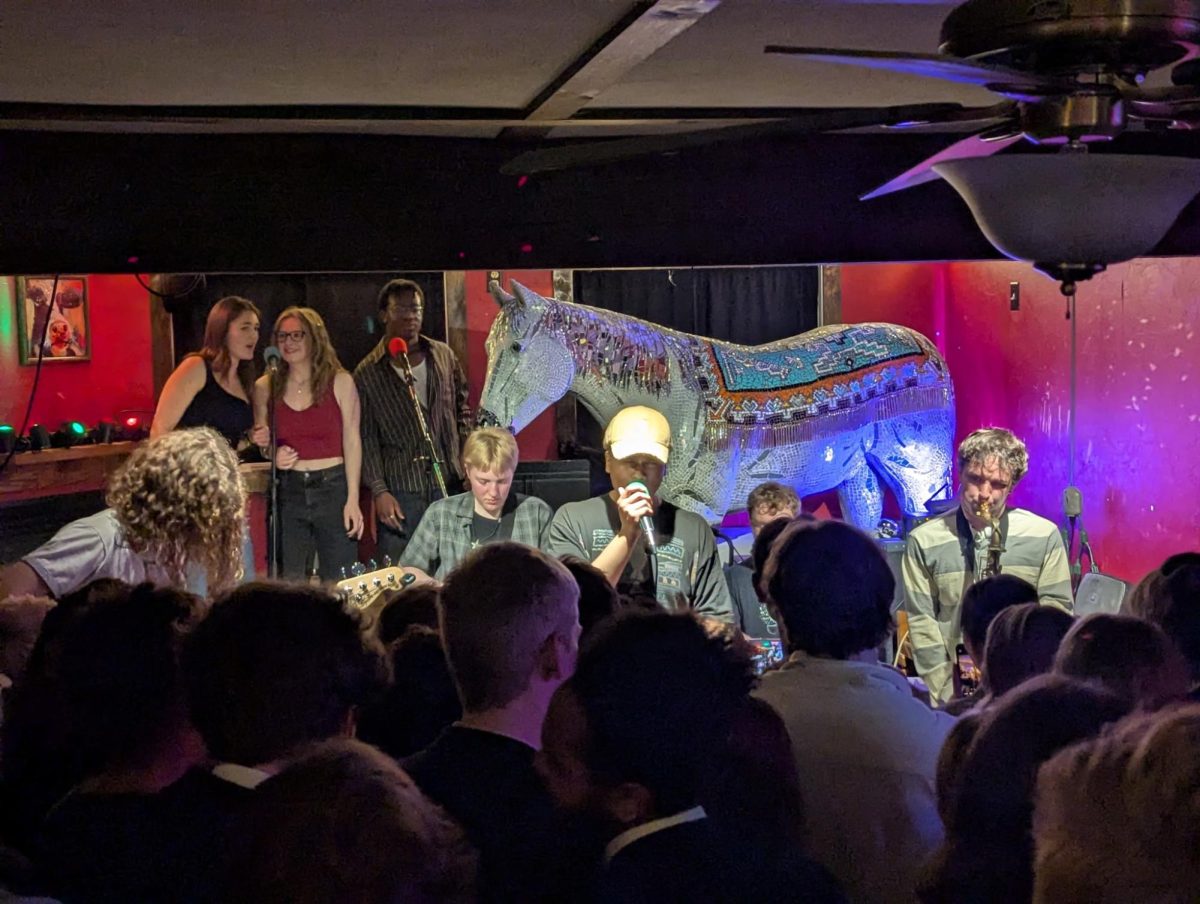COVID-19 has created a reliance on the remote, the technological, the automated. I went for three months without getting behind the wheel of a car during the 2020 fall semester and found myself rooted more and more in place, fed through the umbilical cords of Moodle, Google Drive and Stav Hall. As a student locked on campus, I almost never have to cook for myself. Transportation largely involves a few steps down the sidewalk, and Google Calendar feeds my thoughts to me industrially. It’s been a long time since I’ve wandered down a solid tangent.
“Why We Drive” by Matthew Crawford is just that: a delicious tangent, a refreshing reminder to look to the analog, to understand the importance of simplicity and return to old habits and their forgotten values. Crawford’s book made me miss driving aimlessly, gradually slipping into unconsciousness as my brain oozes into autopilot, relishing in the flow of the open road. “Why We Drive” brings into perspective the many things we have stopped doing and what we might have lost in simplifying our lives. The book represents Crawford embracing the art of the ramble, as his book winds down trains of thought into a web of side stories.
Above all, “Why We Drive” is a book for gearheads, as motor culture is the heart and soul of this book. Much of it uses oily hot-rodder jargon as Crawford attempts to explain the modifications to his classic Volkswagen and the community and solace one can find in dirtying their hands in an engine bay. He explores the lunacy of soap-box downhill racing, the community fostered around desert offroading and the late-night encounters beside a broken-down Jeep, each of which represent the many ways that driving culture is a defining part of a life well lived.
There’s danger behind the wheel, even more so when racing, yet Crawford questions just how much safety should matter to us. While inventions such as airbags are invaluable, he makes the point that autonomous driving systems, automatic transmissions and vast SUVs dull our senses and swaddle our mortality in bubble wrap. The idea of danger as a healthy additive to the good life is a concept that Crawford turns over and over.
Sometimes we need to remind ourselves that the flashy, new, techy solutions to our everyday problems are taking more from us than they are giving. While the Elon Musks of the world want to solve problems that don’t exist, the art of driving and creating a community on the road — as mundane as it might seem — is one of the things that makes us human. Crawford takes great care in making that clear. As much as this book radiates “boomer energy,” it contains valuable ideas, especially for those who feel their autonomy slipping away as the future draws nigh. Applicable to more than just driving, “Why We Drive” is Crawford’s perspective on modern life, and it is an essential quarantine read for anyone growing jaded with the menagerie of technology swaddling us today.



